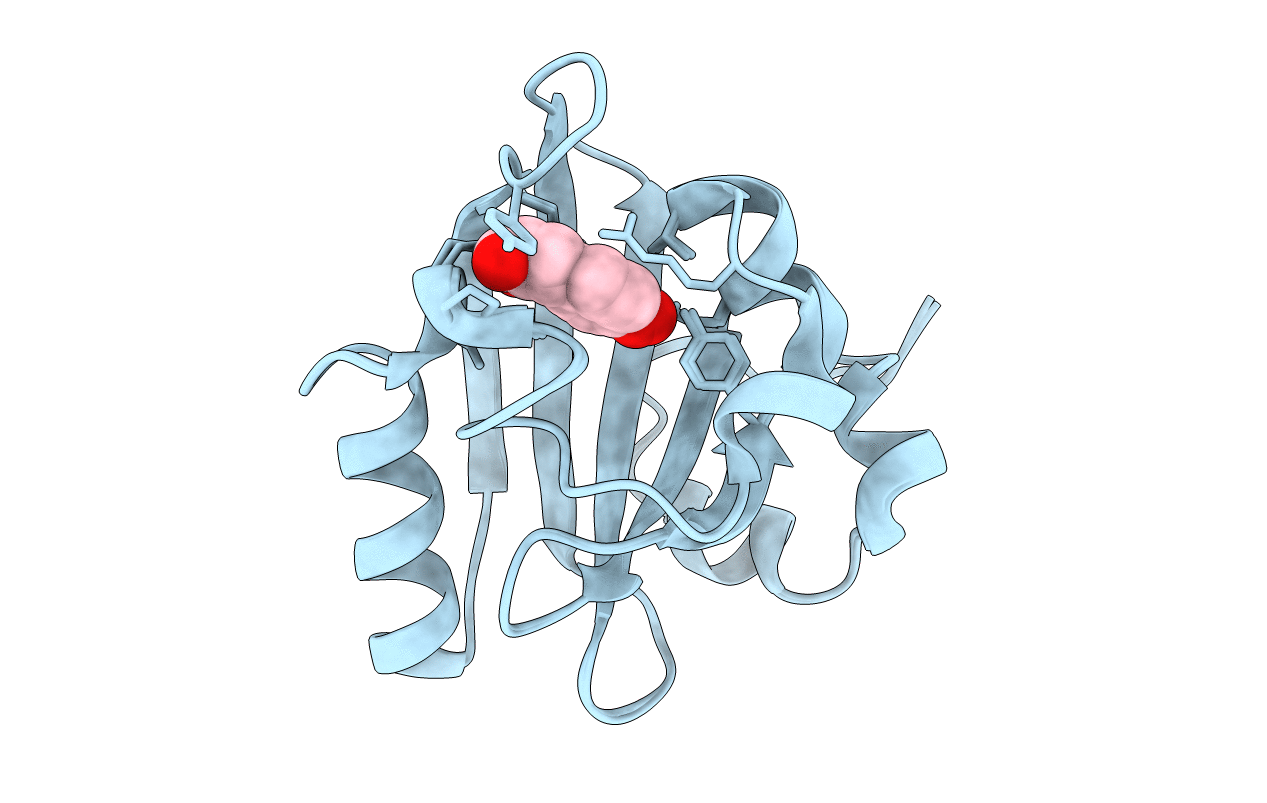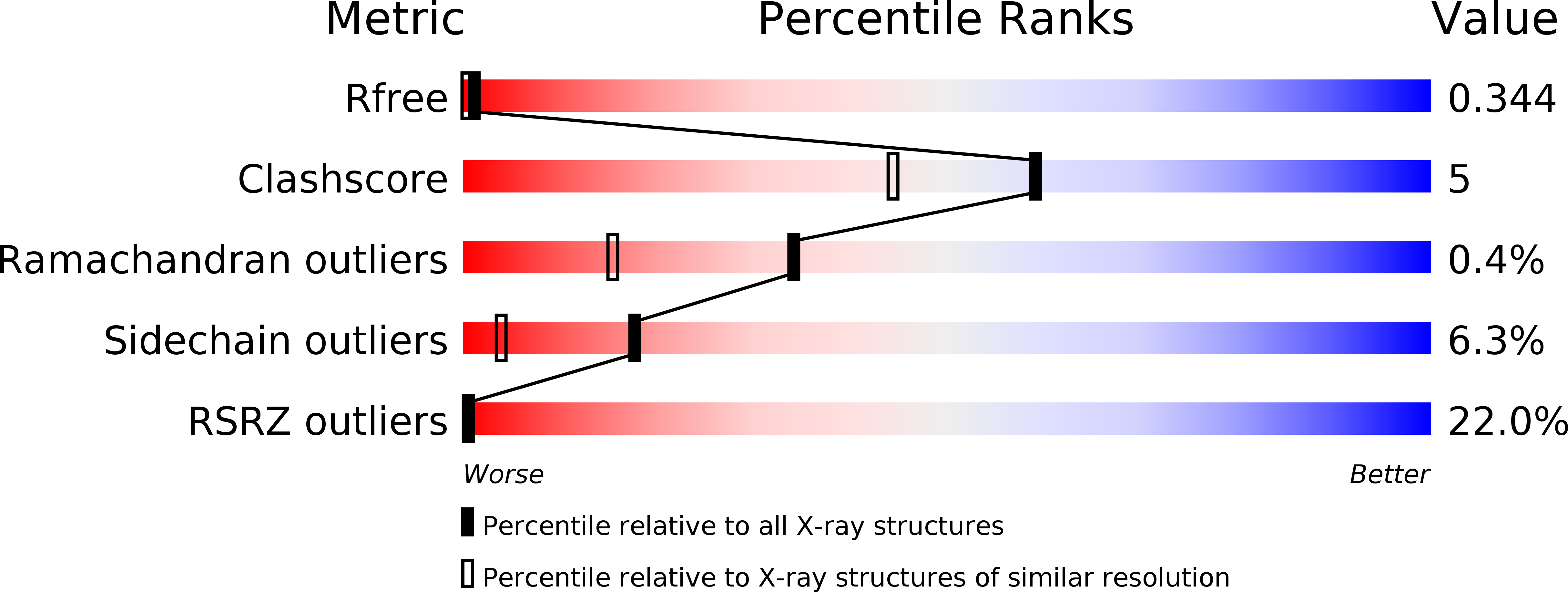
Deposition Date
2004-06-21
Release Date
2005-07-05
Last Version Date
2025-03-26
Entry Detail
PDB ID:
1TS8
Keywords:
Title:
Structure of the pR cis planar intermediate from time-resolved Laue crystallography
Biological Source:
Source Organism:
Halorhodospira halophila (Taxon ID: 1053)
Host Organism:
Method Details:
Experimental Method:
Resolution:
1.60 Å
R-Value Free:
0.38
R-Value Work:
0.35
R-Value Observed:
0.35
Space Group:
P 63


